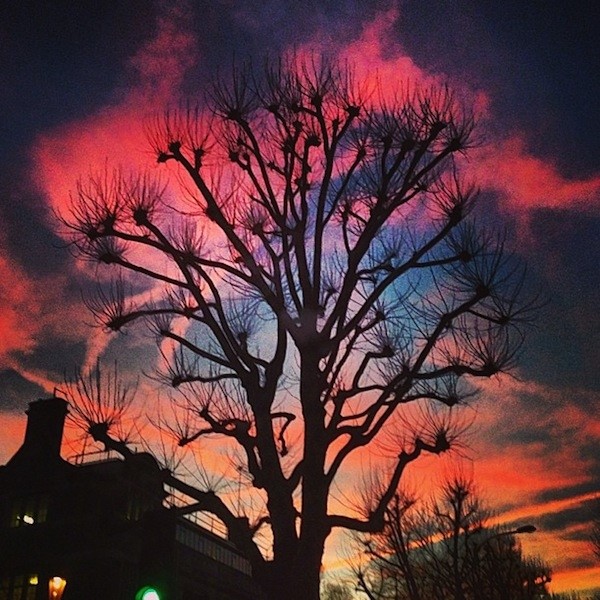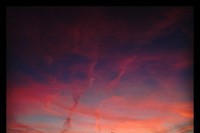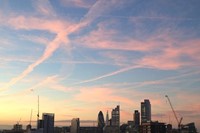In the early hours of this morning, across London – and thereafter Instagram – the usually grey January skies lit up in a breath taking multi-coloured sunrise, a gift from Nature which has spurred us on with our upbeat January drive...
Where? In the early hours of this morning, across London, and thereafter Instagram, the usually grey January skies lit up in a breathtaking multi-coloured sunrise, a gift from Nature which has spurred us on with our upbeat January drive.
What? A number of AnOther's favourite Instagrammers, including Dazed & Confused editor Tim Noakes and hair stylist Sam McKnight, brought us these incredible images of the event, captured in their respective areas of the city. From a spindly, bare branched tree in Ladbroke Grove, silhouetted against a purple sky, dotted with pink and orange clouds, to the City skyline topped by pastel hued a criss-cross of clouds and plane tracks.
"The sky's colour is dependent on a phenomenon known as scattering"
Why? The sky's colour is dependent on a phenomenon known as scattering. Pure sunlight is white in colour but when it interacts with atmospheric particles, much smaller than the wavelength of visible light, socalled Rayleigh scattering occurs. In this process, light is scattered in various directions, with shorter wavelengths (violet, blue, and green) being scattered more strongly than longer ones (orange and red). Thus on a clear day, blue and violet light reaches our eyes from all directions, unhindered, and the sky appears blue (violet is a colour not so visible to the human eye).
Equally, scattering is the key cause of the beautiful array of colours present at sunrise and sunset. Steven Ackerman, professor of meteorology at UW-Madison, explains, “Because the sun is low on the horizon, sunlight passes through more air at sunset and sunrise than during the day, when the sun is higher in the sky. More atmosphere means more molecules to scatter the violet and blue light away from your eyes. If the path is long enough, all of the blue and violet light scatters out of your line of sight. The other colours continue on their way to your eyes. This is why sunsets are often yellow, orange, and red.”
Text by Daisy Woodward






